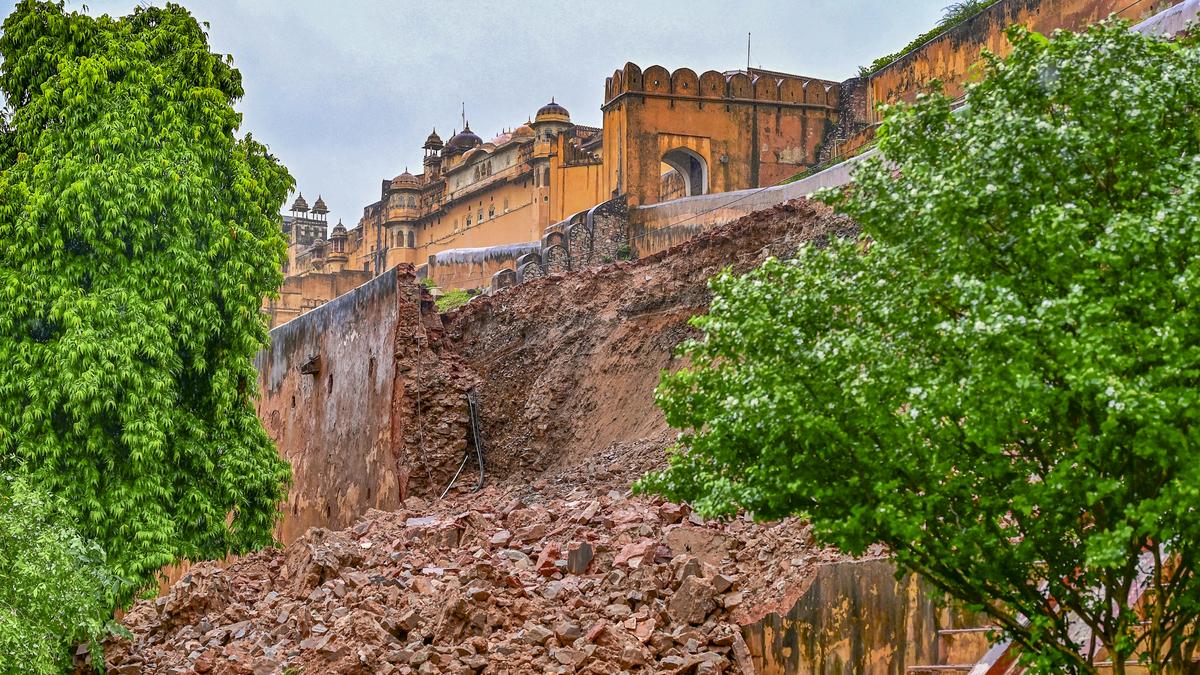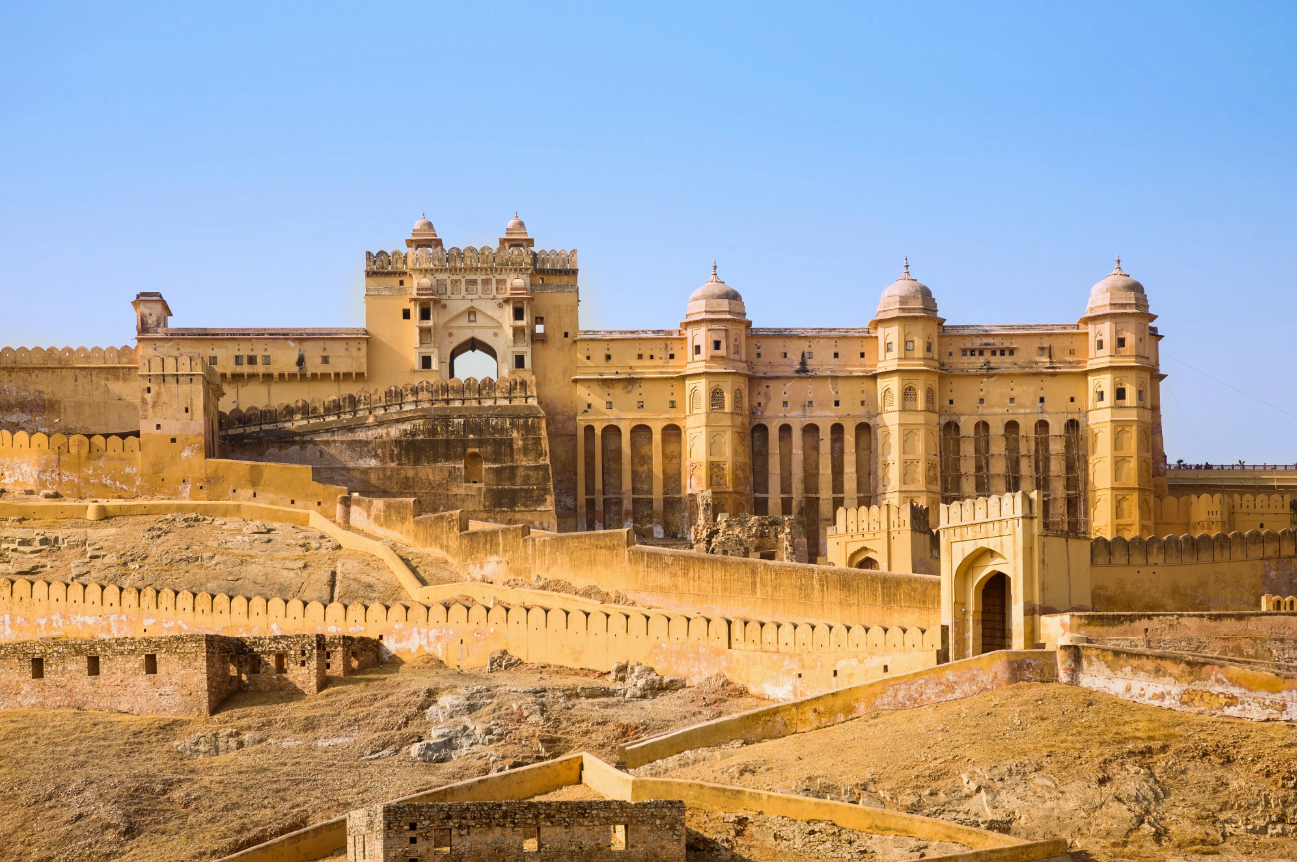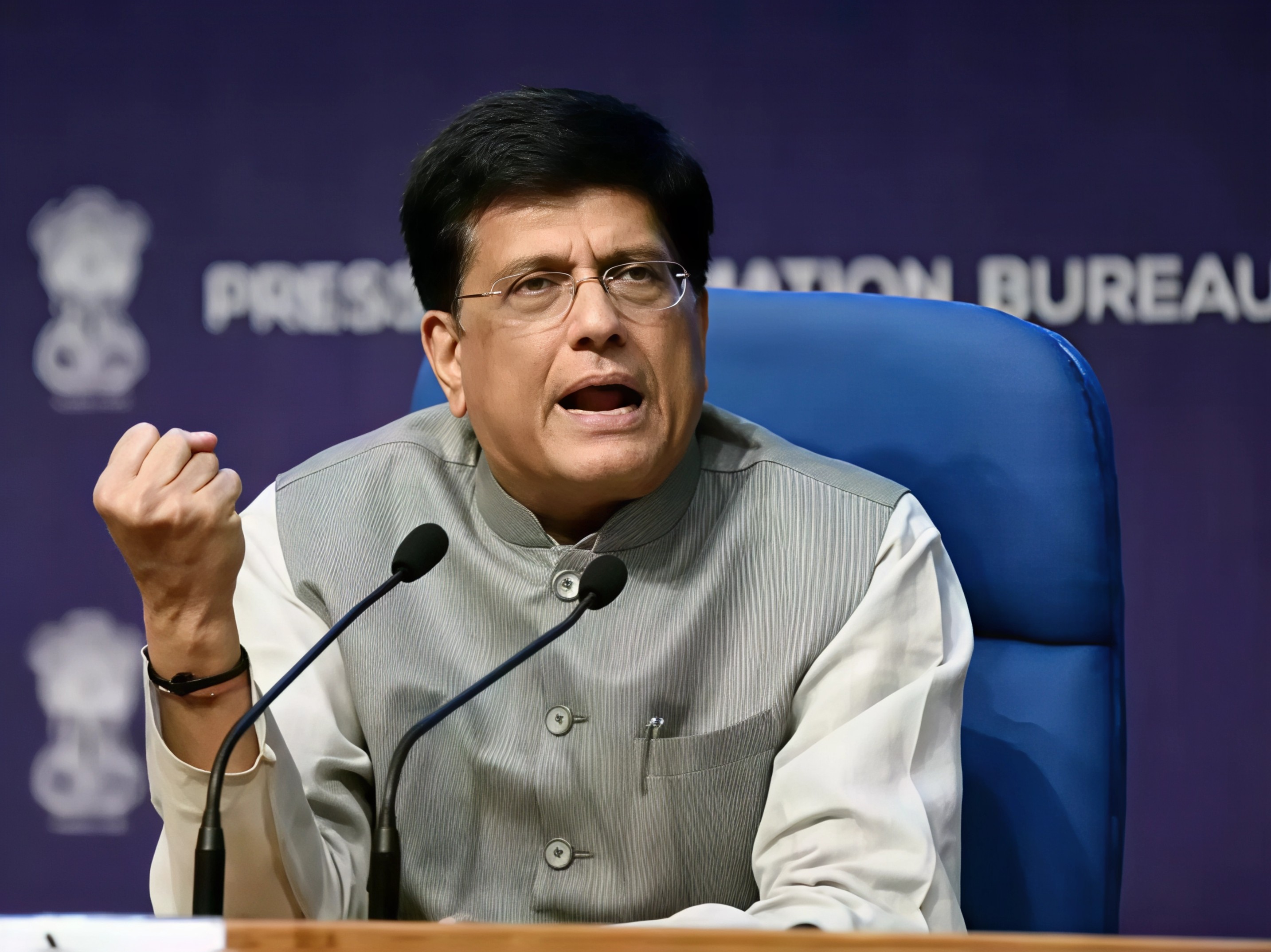Jaipur’s iconic Amer Fort, one of Rajasthan’s most celebrated UNESCO World Heritage Sites, suffered significant damage when a 200 foot long portion of its historic wall gave way under the force of heavy rainfall. The dramatic collapse, captured on video, showed torrents of rainwater ripping through the Rambagh wall near the Jwala Mata Temple, reducing centuries old stonework to rubble.

The thunderous sound startled visitors inside the fort but, fortunately, no casualties were reported. Several parked vehicles were damaged, with two wheelers buried under the debris, yet a major tragedy was narrowly avoided. Authorities have since moved quickly to secure the site and prevent further damage.
Dr Rakesh Chholak, Superintendent of Amer Palace, confirmed that the collapse was caused by continuous rainfall weakening the wall’s structure. As a precaution, elephant rides at the fort have been suspended and adjacent areas are being closely monitored. Officials also warned that nearby structures and roads have been affected, raising broader concerns about visitor safety during the ongoing monsoon season.
The incident comes at a time when heritage structures across India are increasingly vulnerable to climate stress. Just days earlier, a roof collapse at a dargah near Humayun’s Tomb in Delhi claimed six lives. While Jaipur escaped such tragedy, the Amer Fort collapse is a stark reminder of the delicate balance between heritage preservation and the pressures of extreme weather.

Amer Fort, also known as Amber Fort, stands just 11 kilometres from Jaipur and has long been one of Rajasthan’s most popular attractions. Built of red sandstone and marble, it is a magnificent fusion of Rajput and Mughal architecture and draws thousands of visitors daily. Its status as part of the UNESCO recognised Hill Forts of Rajasthan has made it a global symbol of India’s cultural legacy.
For the tourism sector, this collapse is both a wake up call and an opportunity to reframe the conversation. Preserving heritage monuments is not only about protecting history but also about sustaining tourism, local livelihoods, and India’s cultural identity. The incident at Amer Fort shows how conservation and safety must remain central to how destinations are marketed and managed.
Follow Travel moves on Instagram and Facebook for more insights on how heritage, tourism and marketing intersect in today’s fast changing world.








